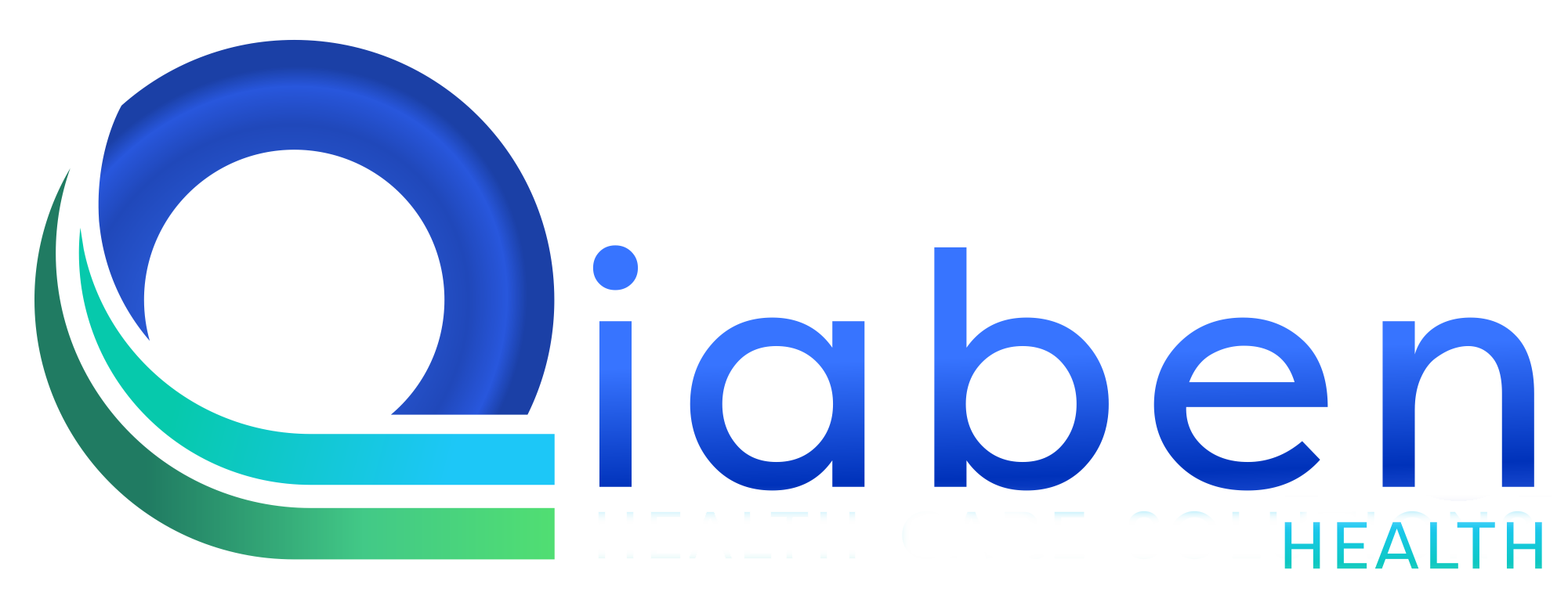In today’s fast-paced healthcare environment, patient satisfaction depends greatly on one thing—efficient appointment scheduling. Long wait times, scheduling errors, and communication gaps can frustrate patients and reduce staff productivity. Thankfully, modern Electronic Health Record (EHR) systems have completely changed the game.
With the Best EHR software, clinics and hospitals can streamline appointment scheduling like never before. It doesn’t just save time; it helps improve workflow, reduce missed appointments, and boost the overall patient experience.
Why EHR Software Matters for Scheduling
Appointment scheduling is more than filling time slots. It involves checking patient records, understanding provider availability, and managing follow-ups. Without the right system, this process can easily become overwhelming.
That’s where integrated platforms come in. Many EHR tools work seamlessly with medical billing services, patient portals, and front desk systems to ensure accuracy and convenience at every step. They provide a real-time view of schedules and reduce double-bookings, confusion, and manual work.
Improved Workflow with Smart Scheduling Tools
The Best EHR platforms come with built-in tools that automate much of the scheduling process. These include drag-and-drop calendars, automatic appointment reminders, and color-coded systems for different visit types.
Instead of relying on phone calls and spreadsheets, staff can quickly view and update provider availability. This not only reduces errors but also improves communication across departments. For clinics using medical billing services, synced scheduling ensures that patient data, billing codes, and appointment types are all aligned.

Online Booking Empowers Patients
Today’s patients expect self-service features. With a robust EHR platform, they can book appointments online, check availability, and get instant confirmation. This level of convenience saves time for both patients and staff.
More importantly, it reduces no-shows. Automatic reminders via text or email keep patients informed. Clinics using Affordable ehr software can provide this functionality without needing expensive third-party tools.
Customization for Different Practice Types
Whether you’re a solo practitioner, urgent care, or a multi-specialty clinic, flexibility in scheduling is essential. The EHR software allows complete customization. You can set rules based on appointment types, provider preferences, patient categories, and more.
This ensures that new patient appointments don’t overlap with urgent care visits. Plus, recurring appointments or telehealth sessions can be managed effortlessly. All these features lead to better efficiency and happier patients.
Integration with Medical Billing Services
An effective EHR does more than manage schedules—it links to other core systems. When connected with medical billing services, the system can instantly match appointment types with billing codes.
For instance, when a patient books a follow-up visit, the system can assign the right CPT code automatically. This reduces billing errors and ensures faster claim submission. It also simplifies the billing workflow for the staff, freeing up their time for patient care.
Real-Time Updates Across Locations
Many practices operate from multiple locations. Managing appointments across sites can be difficult without a central system. The Best EHR software enables real-time updates across locations. Staff can view availability, check resource usage, and shift appointments between sites—all from a single dashboard.
This centralized visibility helps reduce scheduling conflicts. And when combined with Best medical billing services, it supports seamless billing regardless of patient location.
Reducing Missed Appointments and Cancellations
No-shows are a costly issue for healthcare providers. But EHR systems have smart solutions for this. They send automated reminders and allow patients to confirm, cancel, or reschedule online.
In case of cancellations, the system can notify waitlisted patients, keeping the schedule full. For practices using Affordable ehr software, these features come built-in and don’t require additional setup or subscription.

Better Communication and Patient Flow
Clear communication is critical in healthcare. The EHR platforms improve this by providing alerts, notes, and real-time updates for staff and providers.
For example, when a patient is late, the system can notify the provider. If a lab test is pending, it shows up on the appointment summary. And if integrated with medical billing services, billing alerts can prompt the front desk to verify insurance or collect copays at check-in.
Smarter Insights Through Reporting
Data is powerful. EHR platforms provide detailed reports on appointment patterns, cancellations, peak hours, and provider productivity. This helps administrators make smarter decisions about staffing and scheduling.
Using this data, practices can adjust hours, optimize patient flow, and improve revenue. Clinics that combine scheduling insights with medical billing services can also track billing performance by visit type, ensuring consistent profitability.
Mobile Access for On-the-Go Management
Modern EHR platforms offer mobile access for both providers and patients. Doctors can check their schedule, update appointments, or review patient notes from anywhere.
Patients, on the other hand, can manage their bookings using a phone or tablet. This flexibility is essential for busy clinics. And with Affordable ehr software, mobile access is often included without extra fees.
Enhancing the Overall Patient Experience
Smooth scheduling isn’t just about logistics—it’s about delivering a better patient experience. With fewer delays, clear reminders, and easy online booking, patients feel more in control of their care.
The Best EHR software makes this possible by simplifying complex tasks into automated, easy-to-use processes. This leads to better retention, positive reviews, and long-term trust.
Final Thoughts
Appointment scheduling plays a major role in how a healthcare practice operates. From first contact to follow-up visits, every step must be seamless. The EHR systems transform this process with tools that are smart, flexible, and reliable.
For any clinic looking to enhance performance, reduce errors, and improve patient satisfaction, adopting a quality EHR system is no longer optional—it’s essential. When combined with trusted medical billing services, it creates a powerful ecosystem that drives efficiency and financial success.
And the best part? You don’t need to spend a fortune. Many practices are turning to Affordable ehr software that provides top-tier scheduling tools without breaking the budget.
Ready to Get Started?
If you’re looking to grow your practice and modernize your scheduling process, look into solutions that offer the EHR features. Partner with vendors who also provide Best medical billing services to ensure smooth integration and long-term support.
Investing in the right EHR system is more than a tech upgrade—it’s a game-changer for your entire practice.








